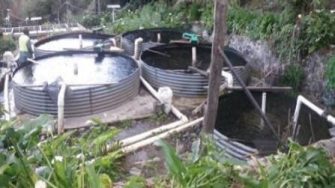
This research project aims to identify gaps and suggest interventions in Papua New Guinea’s rapidly growing aquaculture industry, using a SWOT analysis surveying farmers and other stakeholders.

This research project aims to identify gaps and suggest interventions in Papua New Guinea’s rapidly growing aquaculture industry, using a SWOT analysis surveying farmers and other stakeholders.